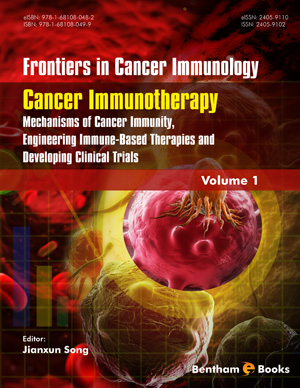Abstract
For the past three decades monoclonal and recombinant antibodies have emerged as major therapeutic agents in the field of targeted therapy mainly in cancer and immunological disorders. To date, the United States Food and Drug Administration (FDA) as well as the European Medicines Agency (EMA) have approved more than 30 antibodies or antibody-based drugs for clinical applications. Many more are being developed for various therapeutic applications. This huge interest in antibody therapy is due to their specificity and affinity that allows for targeted therapy, as well as increased understanding of antibody sequence, structure and mechanism of action. With the development of hybridoma technology and the advancement of recombinant DNA technology and antibody engineering methods, novel antibody derived molecules have gained momentum due to their improved pharmacokinetics, increased selectivity and enhanced efficacy. Furthermore, modular antibody design permits careful engineering and development of the new generation therapeutics suitable for the personalized medicine. Many challenges still remain, to improve antibody recognition properties, to engineer their serum half-life, to improve their stability and to better control their immunogenicity and side effects.
In this chapter general principles of therapeutic antibody engineering will be addressed with the view to present the latest molecular engineering strategies for the production of next generation antibody-based therapeutics.
Keywords: Antibody-dependent cellular cytotoxicity, antibody-drug conjugates, antigen-binding site, bi-specific, bivalent, C1q binding, chimeric, complement-mediated lysis, complementarity determination region, engineering, Fab, Fc, FcRn, FcγR, heavy chain, humanised, light chain, monoclonal, multispecific, multivalent, recombinant antibody, scFv, therapeutics.






















